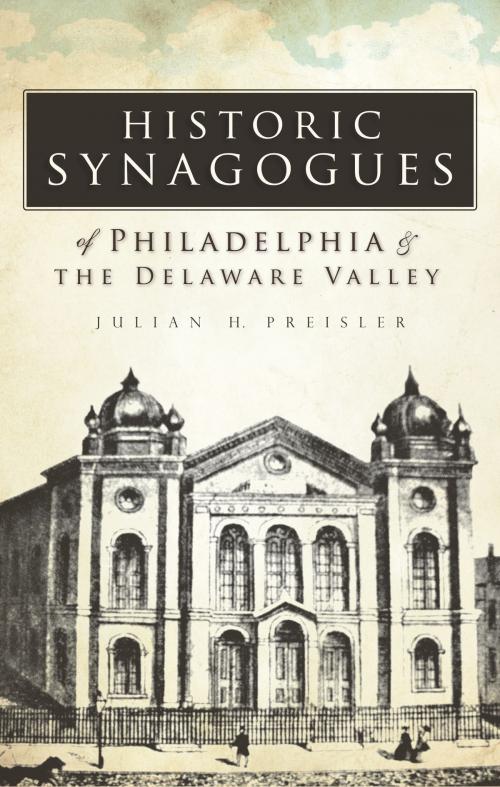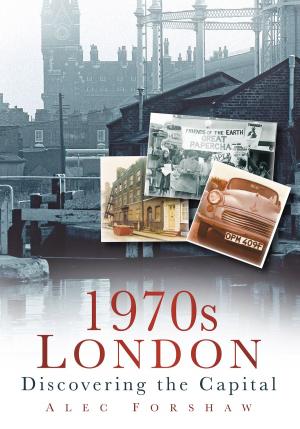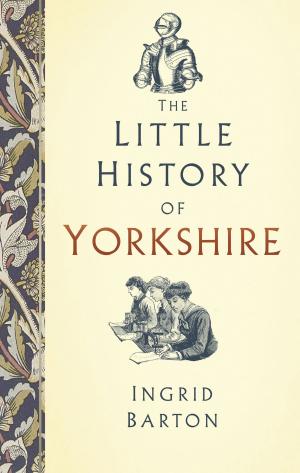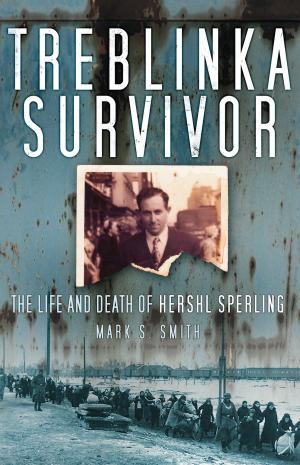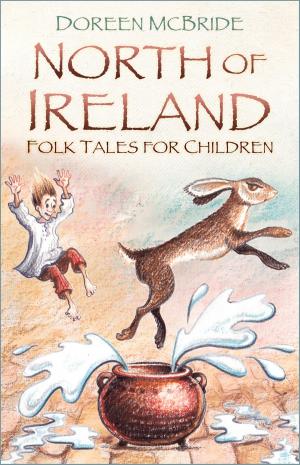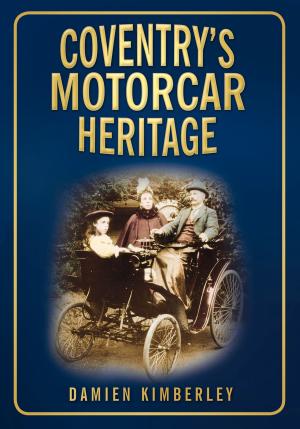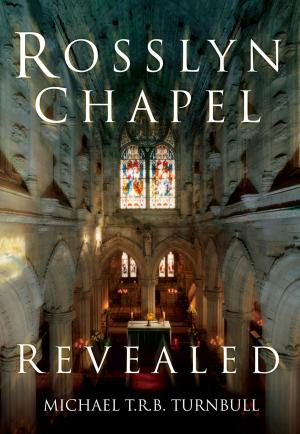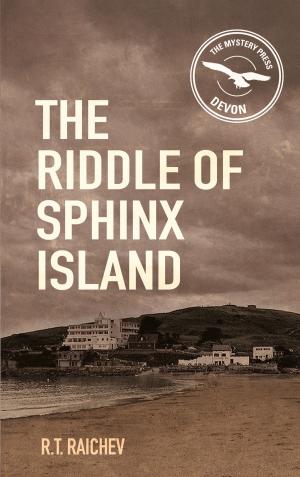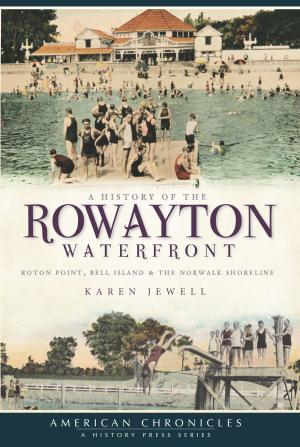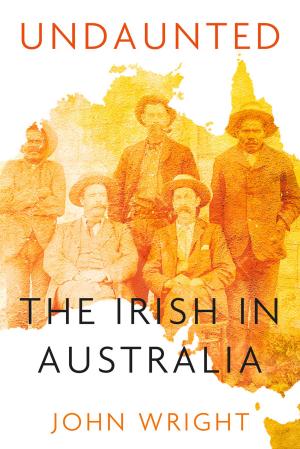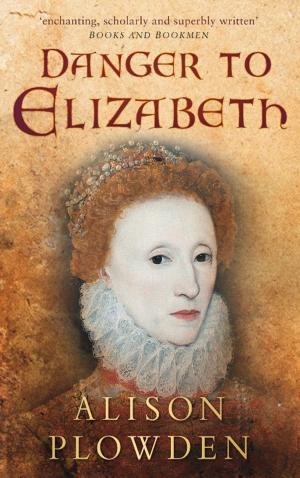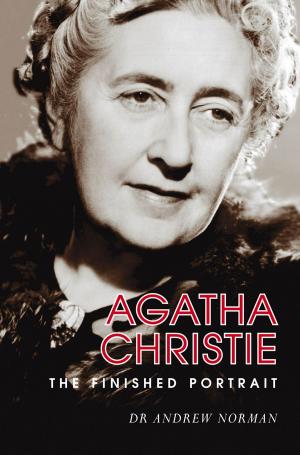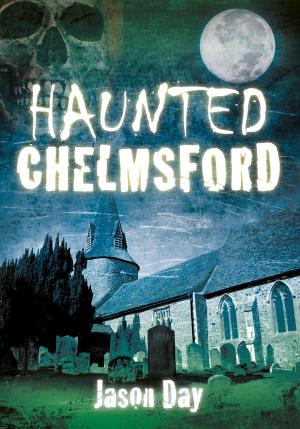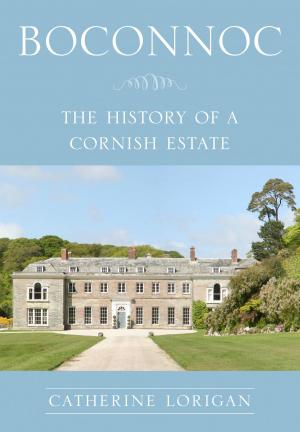Historic Synagogues of Philadelphia & the Delaware Valley
Nonfiction, History, Americas, United States| Author: | Julian H. Preisler | ISBN: | 9781614235347 |
| Publisher: | The History Press | Publication: | June 1, 2012 |
| Imprint: | The History Press | Language: | English |
| Author: | Julian H. Preisler |
| ISBN: | 9781614235347 |
| Publisher: | The History Press |
| Publication: | June 1, 2012 |
| Imprint: | The History Press |
| Language: | English |
In 1740, Nathan Levy—one of the first Jewish residents of Philadelphia—requested a plot of land to give his child a Jewish burial. This plot on Spruce Street became the first Jewish communal cemetery and marked the beginning of organized Jewish life in the colonial city. Throughout the nineteenth and early twentieth centuries, floods of Jewish immigrants came to the United States from Europe and settled in Philadelphia and throughout the Delaware Valley. As a result, hundreds of synagogues were organized and flourished. Today, Philadelphia’s myriad synagogues are like living museums of architectural history. From small wooden structures that evoke Eastern Europe to the sharp angles, modern lines and soaring sanctuary space envisioned by Frank Lloyd Wright, these synagogues reflect changing trends in style, design and function. With this comprehensive collection of images, Preisler helps record the region’s unique religious and cultural history and captures in time its architectural treasures.
In 1740, Nathan Levy—one of the first Jewish residents of Philadelphia—requested a plot of land to give his child a Jewish burial. This plot on Spruce Street became the first Jewish communal cemetery and marked the beginning of organized Jewish life in the colonial city. Throughout the nineteenth and early twentieth centuries, floods of Jewish immigrants came to the United States from Europe and settled in Philadelphia and throughout the Delaware Valley. As a result, hundreds of synagogues were organized and flourished. Today, Philadelphia’s myriad synagogues are like living museums of architectural history. From small wooden structures that evoke Eastern Europe to the sharp angles, modern lines and soaring sanctuary space envisioned by Frank Lloyd Wright, these synagogues reflect changing trends in style, design and function. With this comprehensive collection of images, Preisler helps record the region’s unique religious and cultural history and captures in time its architectural treasures.
